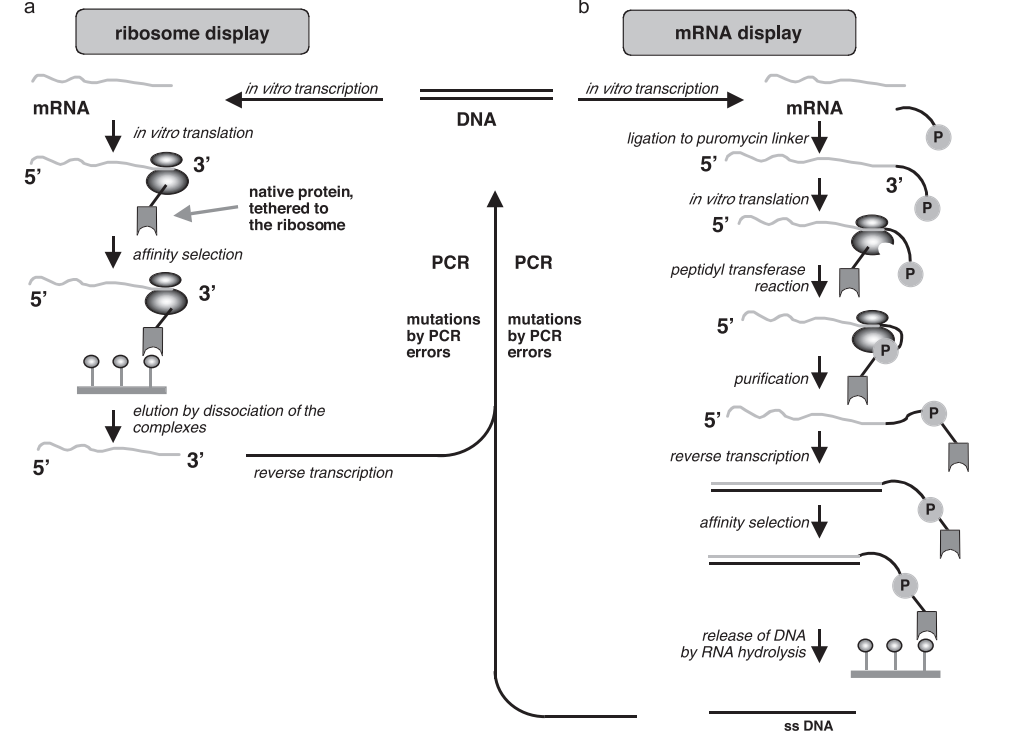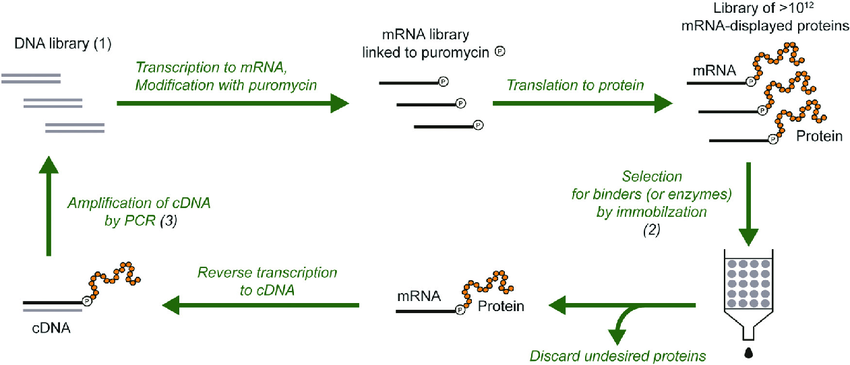When it comes to molecular cloning, almost every friend who has done plasmid construction knows about Gibson Assembly, and this method is really popular! I remember when I first entered the laboratory, my senior brothers and sisters taught me that the method used to construct plasmids was Gibson Assembly. At that time, the entire laboratory used Gibson Assembly. It was only then that I realized that the classic enzyme digestion method learned in high school and undergraduate biology classes was no longer popular. Later, I read a lot of literature and found that besides Gibson Assembly, there are actually many useful plasmid construction methods. Golden Gate Assembly, which appears almost simultaneously with Gibson Assembly, is one of them. Both of these methods can be used for seamless cloning.
| Catalog Number | Product Name | Product Size | Applications | Price |
|---|---|---|---|---|
| GE0011 | High-Fidelity DNA Assembly Cloning Kit | 10 Reactions | Function as a DNA-guided endonuclease. | Online Inquiry |
| GE0012S | High-Fidelity DNA Assembly Master Mix | 10 Reactions | High-fidelity construct generation for CRISPR workflows. | Online Inquiry |
| GE0012L | High-Fidelity DNA Assembly Master Mix | 50 Reactions | High-fidelity construct generation for CRISPR workflows. | Online Inquiry |
| GE0012X | High-Fidelity DNA Assembly Master Mix | 250 Reactions | High-fidelity construct generation for CRISPR workflows. | Online Inquiry |
Golden Gate Assembly is a new type of enzymatic ligation method [1,2], which is different from traditional enzymatic ligation methods. The traditional enzymatic ligation method uses standard type II restriction endonucleases (such as EcoRI) to cleave DNA, which typically recognize palindromic sequences of 4-8 bp and cleave them internally to produce sticky or flat ends (Figure 1A). The Golden Gate Assembly, on the other hand, uses IIS type restriction enzymes (such as BsaI) to cleave DNA, which recognize non palindromic sequences and cleave to produce sticky ends outside the recognition sequence (Figure 1B).

[Figure 1] Type II restriction enzymes and IIS restriction enzymes cleave DNA
The sticky end produced by the IIS type restriction enzyme cutting DNA is usually 2 or 4 bases. In the linking reaction, the more base groups there are at the sticky end, the higher the fidelity of the linking product. Therefore, Golden Gate Assembly usually uses IIS restriction enzymes that can produce 4-base sticky ends, commonly used include BsaI, BsmBI, and BbsI (Figure 2). NEB company has carried out molecular modifications on these three wild-type restriction enzymes, resulting in three restriction enzymes with unchanged recognition sequences but stronger specificity, namely BsaI-HFv2, BsmBI-v2, and BbsI-HF (Figure 2). The recognition sequence length of these restriction enzymes is 6 bp, so the probability of their occurrence in DNA sequences is 1/4096.

[Figure 2] The specificity of three IIS type restriction enzymes
As shown in Figure 2, the specificity of the three types of IIS restriction enzymes can be recorded as: BsaI (GGTCTC 1/5), BsmBI (CGTCTC 1/5), and BbsI (GAAGAC 2/6). In addition, the IIS type restriction enzyme SapI (GCTCTTC 1/4), which can produce a 3-base sticky terminal, is also commonly used [3]. Although this restriction enzyme produces a shorter sticky terminal, resulting in a slight decrease in the fidelity of the connecting product, the recognition sequence length is longer (7 bp), Therefore, the probability of appearing in DNA sequences is 1/16384. According to the different sequence of cleavage sites, BsaI, BsmBI, and BbsI can produce 256 types of sticky ends, while SapI can produce 64 types of sticky ends.
There are many cloning kits based on Golden Gate Assembly on the market, but they are all very expensive. I have always suggested that everyone buy their own enzymes and reagents to prepare reaction systems. As long as they understand the working principle and experimental design methods of Golden Gate Assembly, there is no problem. Below, I will take BsaI-HFv2 as an example to explain how to use Golden Gate Assembly to construct plasmids.
Design primers
By introducing the recognition sequence of BsaI through PCR, the recognition sequence is added to the 5 ‘end of the primer. To ensure that the restriction enzyme can stably bind to the DNA double strand and perform cleavage, a protective base needs to be added to the end of the recognition sequence. The number and type of protective bases are not fixed. To simplify primer design, TTT can be used as a protective base (a 3 bp protective base is sufficient for most restriction enzymes, and for safety reasons, the protective base can also be increased to 6 bp. As the cleavage site is downstream of the recognition sequence and can be any sequence, there are three different primer design methods, as shown in Figure 3.
Related Services
Experimental Principles
Connection of two DNA fragments

【 Figure 4 】 Golden Gate Assembly connects two segments
Connection of 4 DNA fragments

【 Figure 5 】 Golden Gate Assembly connects four fragments: 1234, 5678, abcd, and effgh representing four different cleavage sites
The above two figures show the working principles of connecting 2 fragments and 4 fragments respectively, while the connections of other numbers of fragments are similar. Enzyme digestion and ligation are carried out in the same reaction system, and PCR products can be used as substrates (as shown in Figures 4 and 5), or PCR products can be cloned onto plasmid vectors separately, and then plasmids can be used as substrates. Under appropriate experimental conditions and design, more than 20 DNA fragments can be assembled using the Golden Gate Assembly. The following short video can help you further understand the working principle of Golden Gate Assembly.
Operation process
Preparation reaction system
| Vector | 75 ng |
| Inserts | 2:1 molar ratio
(insert : vector) ① |
| T4 DNA Ligase Buffer (10×) | 2 μl |
| BsaI-HFv2
(NEB #R3733, 20U/µl) ② |
1~2 μl (10~20 units) ③ |
| T4 DNA Ligase
(NEB #M0202, 2000 U/µl) |
0.25~0.5 μl
(500~1000 units) ④
|
| Nuclease-free H2O | to 20 μl |
① The amount of each inserted fragment can be converted based on the amount of carrier added and the length of the carrier and inserted fragment.
② Other available endonucleases: BsmBI-v2 (NEB # R0739, 10U/µ l), BbsI-HF (NEB # 3539, 10U/µ l), SapI (NEB # R0569, 10U/µ l)
③ If the number of inserted fragments is 1-10, use 10 units; If the number of inserted fragments is greater than 10, use 20 units.
④ If the number of inserted fragments is 1-10, use 500 units; If the number of inserted fragments is greater than 10, use 1000 units.
Reaction procedure
| Number of inserted fragments | Recommended reaction procedure (PCR instrument) |
| 1 | (Clone: 37℃, 5 min; Library: 37℃, 1h) → 60℃, 5min |
| 2~4 | 37℃, 1h → 60℃, 5min |
| 5~10 | (37℃, 1 min → 16℃, 1min) × 30 → 60℃, 5min |
| 11~20+ | (37℃, 5 min → 16℃, 5min) × 30 → 60℃, 5min |
Note: 37 ℃ is the optimal reaction temperature for BsaI-HFv2. If other limiting enzymes are used, this temperature may need to be adjusted, for example, the optimal temperature for BsmBI-v2 is 42 ℃.
Advantage
Compared to traditional enzyme cleavage connections:
(1) The cutting site of the IIS type restriction enzyme is located outside the recognition sequence, so the recognition sequence is removed during the enzyme digestion process and unnecessary sequences are not introduced into the connecting products.
(2) The IIS type restriction enzyme does not require the sequence of the cleavage site, so it is possible to generate different sticky ends by designing the sequence of the cleavage site, making it possible for multi fragment directed assembly.
(3) Due to the fact that the recognition sequence will not remain in the connecting product, the enzyme cleavage reaction and the connecting reaction can be carried out in the same reaction system, simplifying the experimental process.
Compared to Gibson Assembly
(1) The fragment connection process does not involve sequence degradation and synthesis, therefore the fidelity of the connected products is higher.
(2) More DNA fragments can be assembled, making it suitable for plasmid library construction.
(3) DNA fragments with homologous or repetitive sequences can be assembled, for example, to construct plasmids expressing multiple sgRNAs [4].
(4) Standardized synthetic biological elements can be constructed, similar to BioBricks.
Matters needing attention
(1) Suitable restriction enzymes need to be selected, and the recognition sequence of this restriction enzyme cannot appear in the final connecting product.
(2) When designing primers, the orientation of identifying sequences and cleavage sites should be correct.
(3) When there are a large number of inserted fragments, in order to ensure the specificity of the connection, it is necessary to design the 4 bp sequence of the cleavage site reasonably.
Reference:
[1] Engler, C. et al. (2008) PLOS One 3, e3647.
[2] Engler, C. et al. (2009), Public Library of Science, Comprehensive, Issue 4, E5553.
[3] Whitman, L. et al. (2013) Genet. Biotechnology engineer. 33, 42.
[4] Vad Nielsen, J. et al. (2016) Cellular and Molecular Life Sciences. 734315-4325.
[5] Hamedirad, M. et al. (2019) ACS Synth. Biology 81047-1054.









